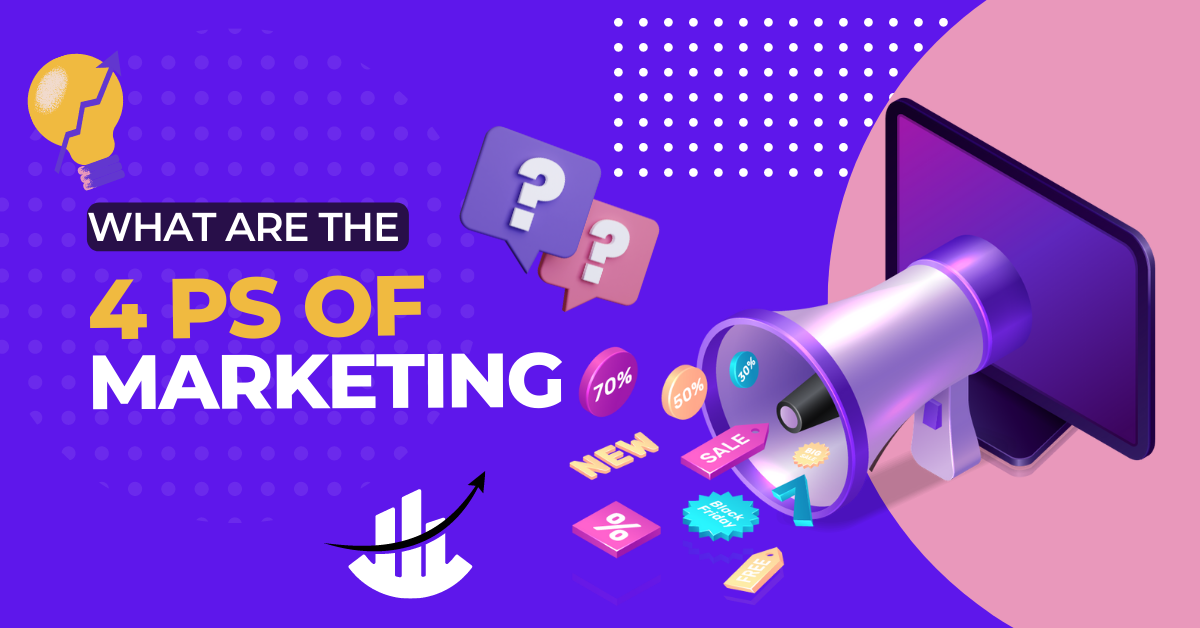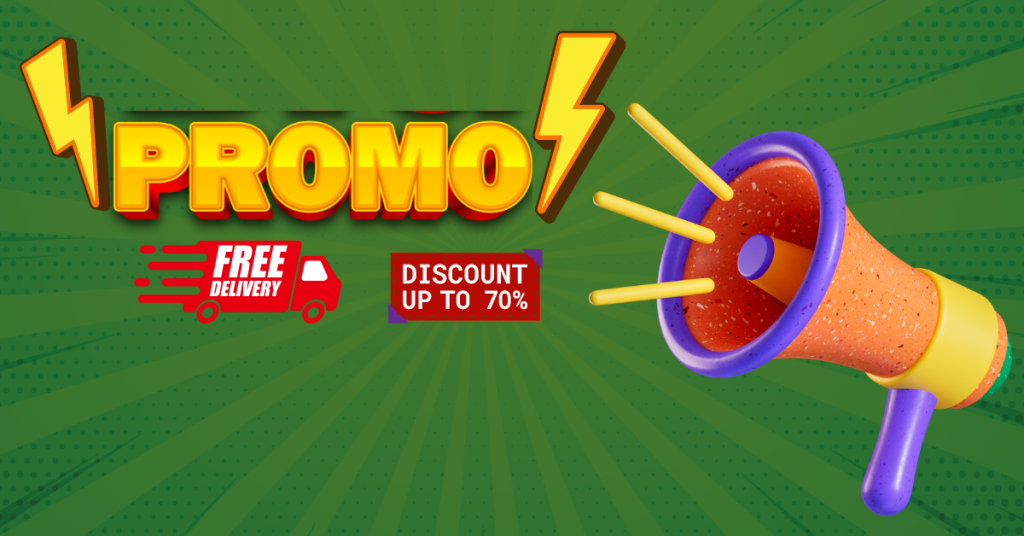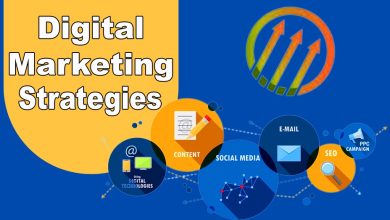The 4 Ps of Marketing- Everything you Need to Know

A marketing mix is a software to assist brands with understanding what components should be consolidated to meet their marketing goals and objectives. It incorporates the 4 Ps of advertising, including Product, Price, Promotion, and Place. Ordinarily, organizations consider the four Ps when marketing strategies and procedures to sell to their interest group. Even though there are numerous other “marketing mixes”, these Ps are the most well-known and functional for making a successful and effective marketing plan.
What are the 4 Ps of Marketing?
The 4Ps of marketing is a model for improving the parts of your “marketing mix” – how you take another product or service to showcase. You can define your product concerning price, product, promotion, and place so that your contribution meets a client’s need or interest. The 4Ps have endured everyday hardship, including the development of modern times. It is undoubtedly the most popular way of defining the marketing mix that was first expressed in 1960 by Jerome McCarthy in his textbook, “Basic Marketing – A Managerial Approach”.
Below you can see the 4 Ps; understand how to position your marketing and maximize your business recognition and growth.
- Product
- Price
- Promotion
- Place
Product:
The first of the Four Ps is the product. The sold product or administration should fulfil a buyer’s need or desire. The type of product can be a tangible good or an intangible help that satisfies the needs of a specific customer. You sell wooden boxes and custom beds or give extravagance facilities. It is necessary to have a clear concept of your product before launching it in the market.
If you have a clear structure for your product, then you can be a successful marketer. Nowadays, online marketing is making progress by leaps and bounds. You can sell your product on your website or any other social media platform, or even in retail stores with the help of this in-depth guide. When working on a product, you should design it according to your target clients’ needs. The main job of a product owner is to deliver the product and then define its qualities. The type of item also directs to some degree the amount it will cost, where it ought to be put, and how it should be advanced. Some questions you should keep in mind when working on a particular product.
- What are the specific product and their services?
- What is it that clients expect from your product/service? Does it fulfill their requirements?
- What kind of features would your clients love to have in their products?
- Have you passed up any parts?
- How and where will the client explore the product?
- How might the clients experience it?
Price:
A specific product you should sell at the correct cost for client assumptions, neither too low nor excessively high. When a concrete understanding of the item is laid out, you can start making some valuing choices. Price determinations will influence overall revenue, supply, demand and marketing procedure. Comparable products and brands might be positioned diversely depending on price change, while cost versatility might impact our other two Ps. After the product comes on the market, you should label the honorable price tag.
Introducing a pricing strategy is not child’s play. It includes market info and cautious calculations to adjust price estimations and how skewing can damage the brand. Price consult with the money-related worth of an item and the time or exertion the client will use to gain it. Determining price will be a primary concern for the brand as it will influence benefit, supply and demand. It can also conclude how much advertisers should spend on a promotion or marketing strategy. It is the main reason it is the most significant ‘P’ in the 4 Ps of marketing. The product will fail to grow purchases if you have not done the price determination correctly. It will be either too low or too high.
Below are listed some questions you should keep in mind when determining the price tag for a specific product:
- What is the range of your product buyer?
- How can you compete with your competitors’ pricing strategy?
- How much is your competitor charging for a similar product?
- What price suits your target market?
- Are there any established price points in your surrounding?
- What is the lowest price you can go?
- What is the highest price you can sell your product?
Promotion:

The audience should be educated about the product and its features to comprehend how it fills their necessities and desires. If you have a product with a given price tag, it is the right time to promote it in the market. Online marketing is an option you should go for where you post your product picture and the price your audience will purchase if they are interested. Promotion incorporates components like promoting, advertising, video advertising, social media marketing, email marketing, SEO, and video advertising, and the sky is the limit from here.
A well-positioned brand should support every point of contact to expand profit from speculation genuinely. Within the 4 Ps of marketing, promotion is the one that connects the product owner and the audience. If the product is making its way in the market and has the capacity to enhance, you should increase its productivity and promotion. The bigger the platform, the more productivity you will gain. As you know, B2C marketing solutions provide significant access to promote the items more effectively. It increases the chance of a decent outcome with better customization.
Here is the list of some questions you should keep in mind that marketers should answer before working on your product promotion:
- When will you reach your target customers?
- What is the right way to get the target customers?
- What marketing strategies will be the most fruitful for the clients?
- How to convey your marketing messages to the customers?
- What are the best platforms to choose for the most effective promotion?
- What parts of the customers should you target?
- What are marketing approaches generally convincing to your interest group?
- Where are your competitors spending their marketing efforts and money?
Place:
The place is significant where you are purchasing the product to optimize sales. Frequently, you will hear from marketers that promoting is tied in with placing the right product, at a deterministic cost, at the ideal location brilliantly. It is essential to evaluate the perfect areas to convert your potential client into an actual client. Nowadays, even when circumstances do not favour online transactions, potential clients initially love to interact with your brand and product in various places. It is essential to consider how each location influences the overall client experience.
For example, you are selling athletic shoes. The target customer you want to contact us athletes in their late twenties and early thirties. You will go to the shops to market your product. It will be beneficial to go to the sports shoe market instead of the traditional shoe market.
Distribution channels like outsourcing or the shipping process of an organization are decided upon after a cost-benefit analysis. Little subtleties are also included, such as shell space focused on the item by retail chains. Some questions you should keep in mind are listed:
- Where are the suitable clients to sell your products?
- What do customers search for in your product and service?
- What are the shipping habits of the customers?
- Do you need to have a salesforce or make online submissions?
- How can you access the right distribution marketers?
- Where is the competition for the product?
- Where should you go when you are selling sports shoes?
Bottom Line
The marketing strategy has explored itself in the modern era by establishing the 4 Ps. The 4 Ps of marketing – Product, price, promotion and place improve the parts of your marketing mix. These key components help plan and market your product on a social media platform or your website. You can use them within the system of advanced age to boost your marketing strategy regardless of the conditions.




